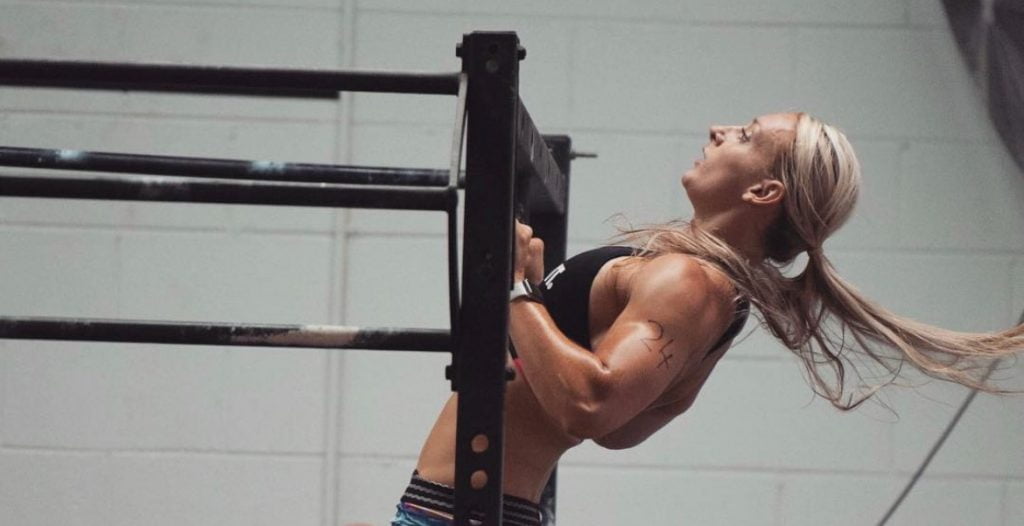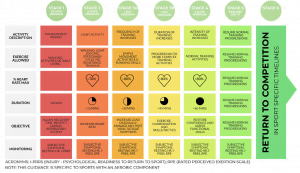It is no stretch to say that COVID has changed our lives as we know it. Omicron has brought on a new wave of challenges. With lockdowns and restrictions lifting across the country, it’s fair to say that most of us can now say they know someone who has had COVID.
In the case where an athlete has COVID, or any other virus for that matter, they would refrain from training and playing while they take the time to recover from the physical symptoms – which can include fatigue and breathlessness. The athlete must also follow Government guidance to isolate and test – which would keep them from participation even if they were asymptomatic. During this time, an athlete should ensure they drink enough water, eat sufficient nutrients and sleep 7-9 hours to support the body’s recovery.
It is important to consider the longer-term, persistent effects of COVID when planning a return to sport. Some individuals will continue to encounter mild respiratory, concentration and fatigue issues, as well as headaches. Post-viral fatigue, has been more often recognised previously with glandular fever or the flu, now also extending to COVID-19.
All post-viral athletes should consider graduating their return to sport, including meeting specific milestones. One of the concerns of post-viral fatigue is that symptoms can suddenly worsen after a minimal amount of activity so a graduated return will help to avoid this kind of deterioration. If you’ve suffered from severe COVID symptoms or required hospitalisation, a prior medical assessment is heavily advised. If you live with comorbidities such as diabetes or have heart or renal issues, seeing your GP prior to recommencement of activity is also recommended.
The post-COVID graduated return to play guidance (Elliott et. al 2020) proposes five stages before returning to competition:
Stage 1 – there must be at minimum 10 days since the onset for rest and recovery, included in this time there must be 7 days without symptoms and no remaining medical interventions (e.g. paracetamol). In addition, it is advised you can walk 500m, on the flat without excessive fatigue or breathlessness, as well as undertake normal day to day tasks before progressing to the next stage.
Stage 2 – Minimum 2 days of light activity of short, 15min sessions, <70% max HR. e.g. walking, and jogging.
Stage 3 – Minimum 2 days of gradually increasing the load – starting with 30min sessions e.g. running drills, simple movement gym (resistance) training and then 45min sessions of more complex training, both with <80% max HR.
Stage 4 – Minimum 2 days of normal training activities, continuing 80% max HR. Sessions can be up to an hour and your medical team (GP, exercise physiologist, physio, strength coach etc.) should assess functional ability before progressing to the final stage.
Stage 5 – resume normal training progressions without restriction on intensity.
At its quickest, after the minimum initial 10 days from infection (Stage 1), there should be at least one week (Stage 2-4) prior to resuming normal training (Stage 5).
At any point if symptoms reoccur, the athlete should regress a stage and seek medical attention.
If you want support with your graduated return to sport, activity or training, please get in touch with our Exercise Physiologist to guide your safe return.
References:


